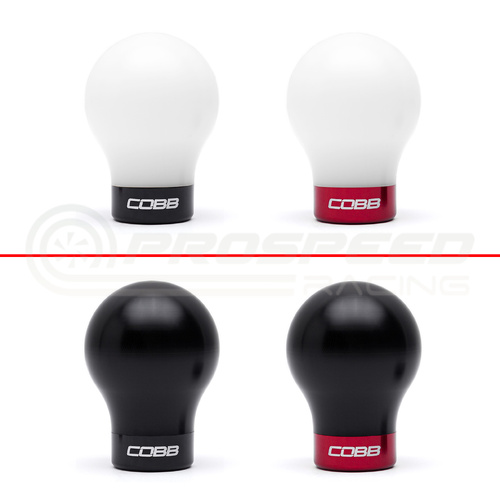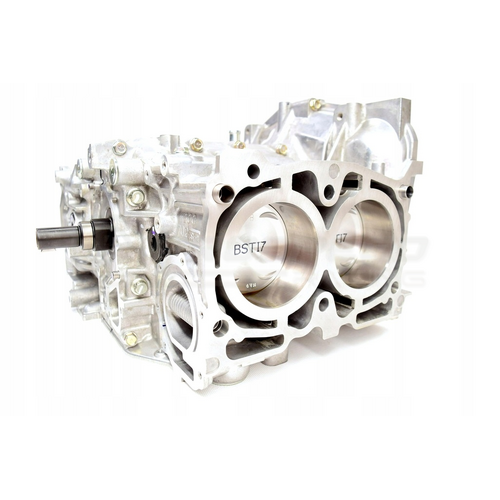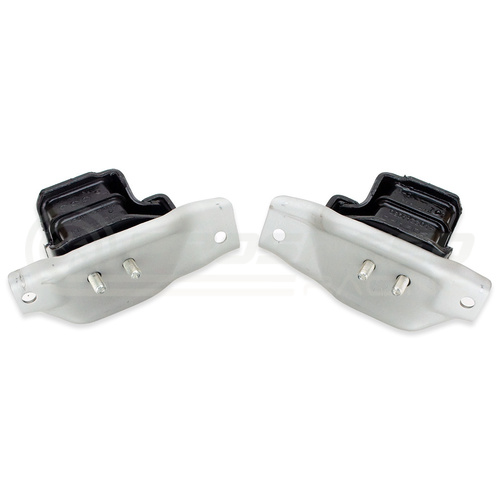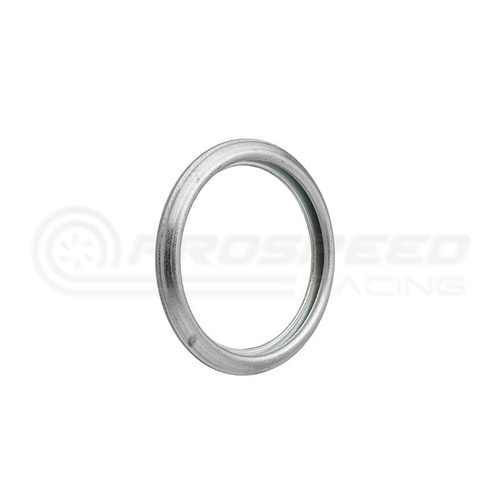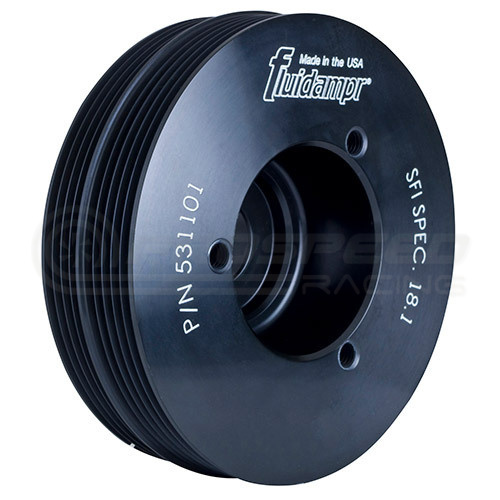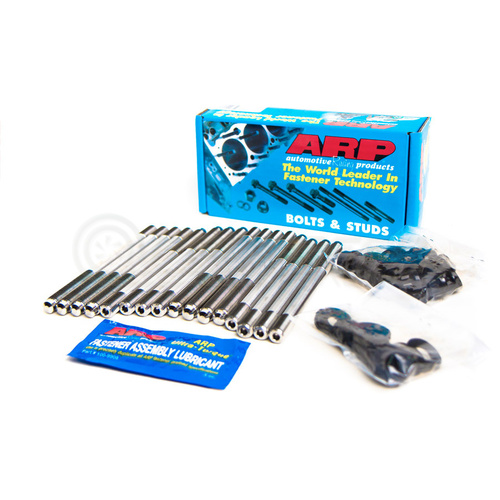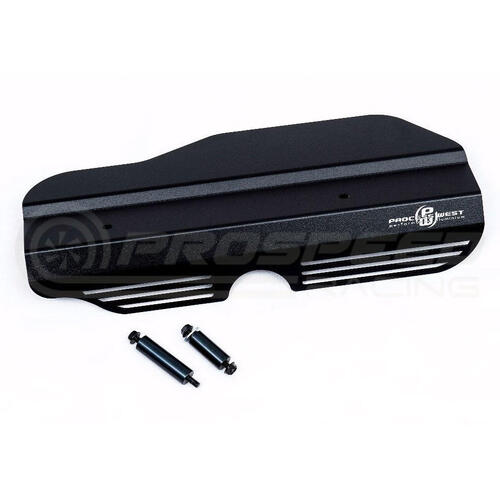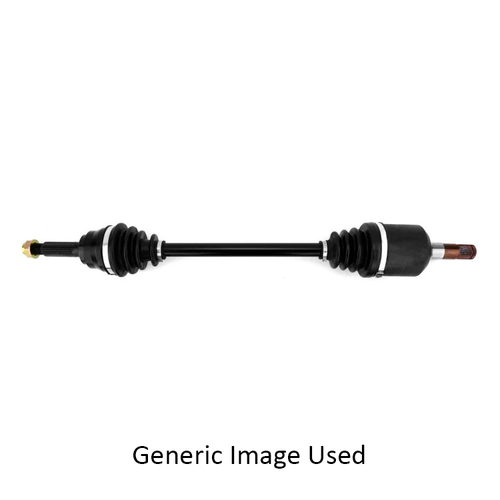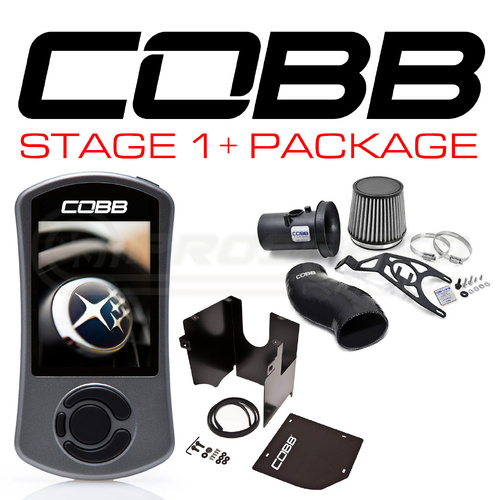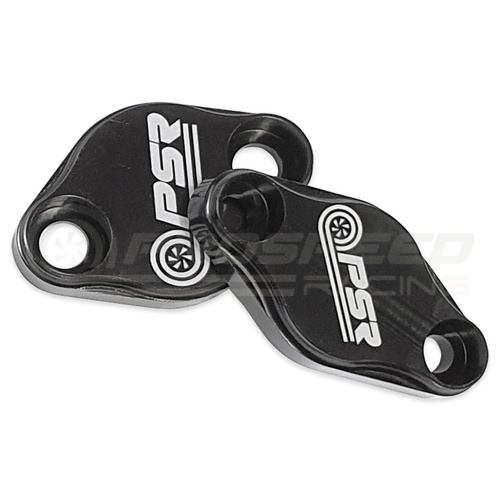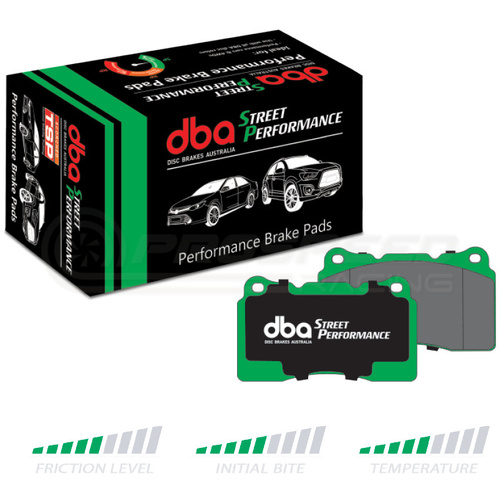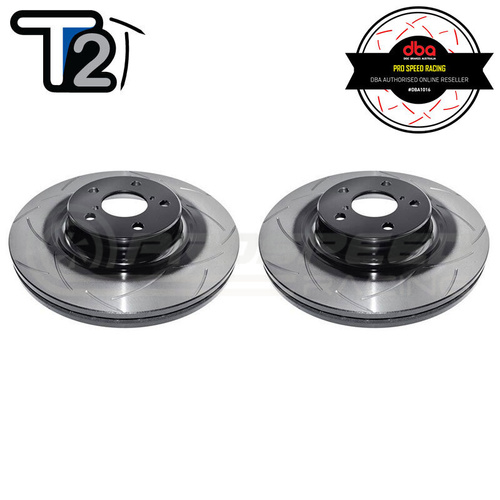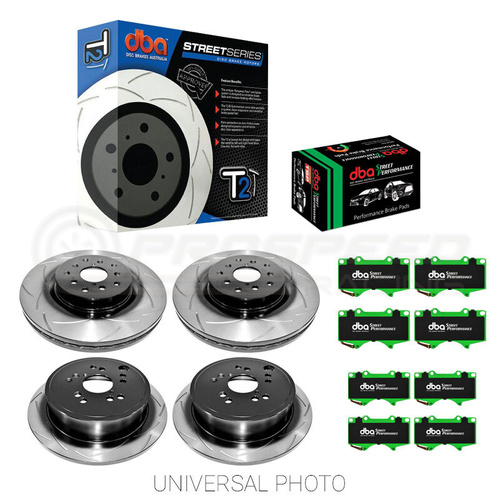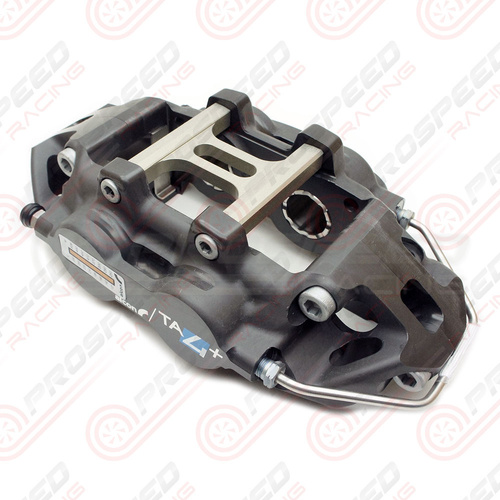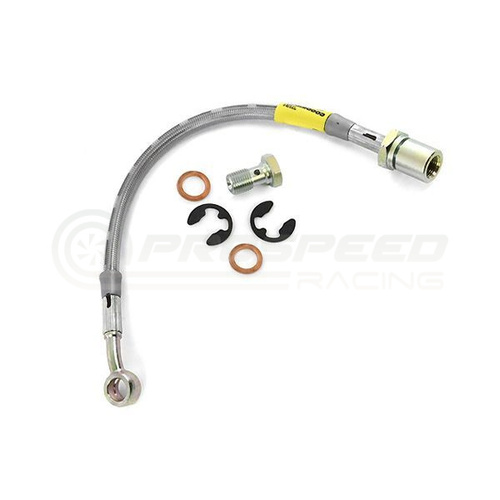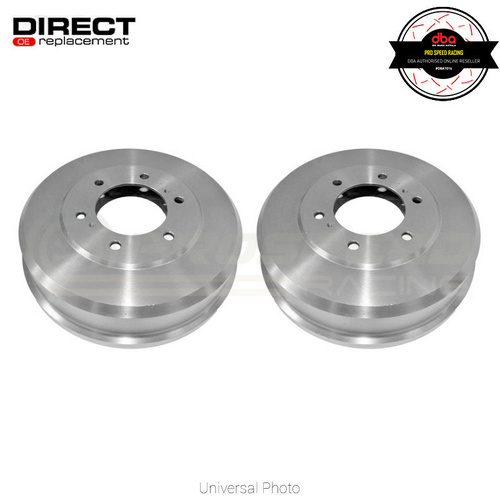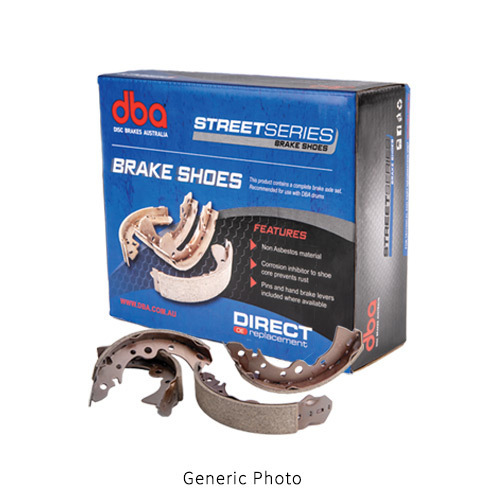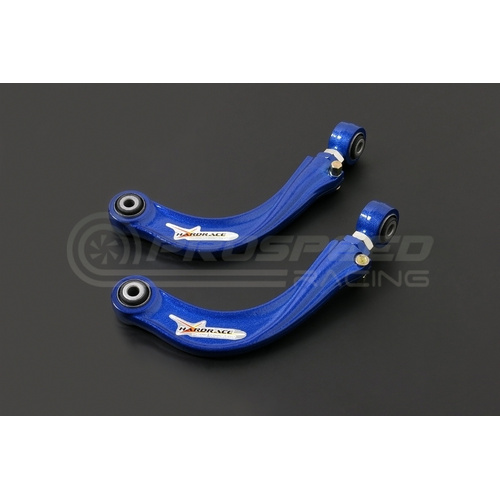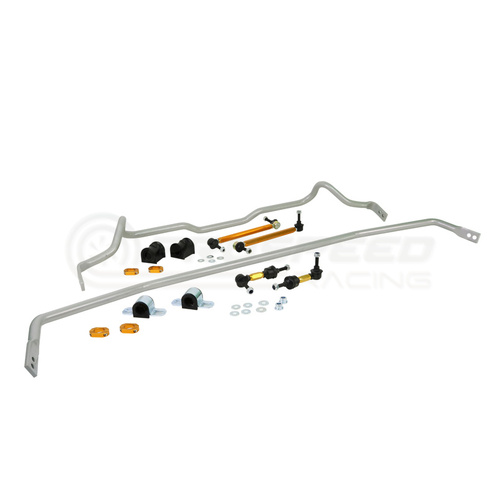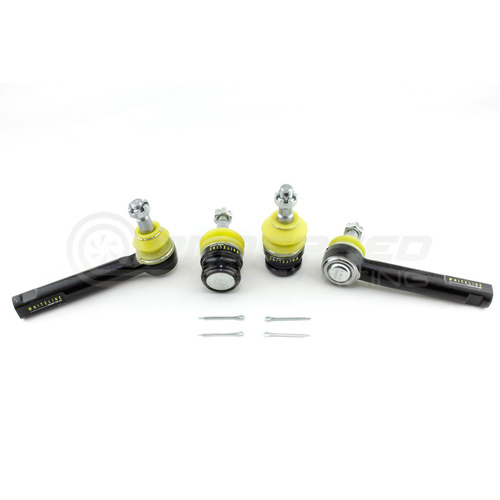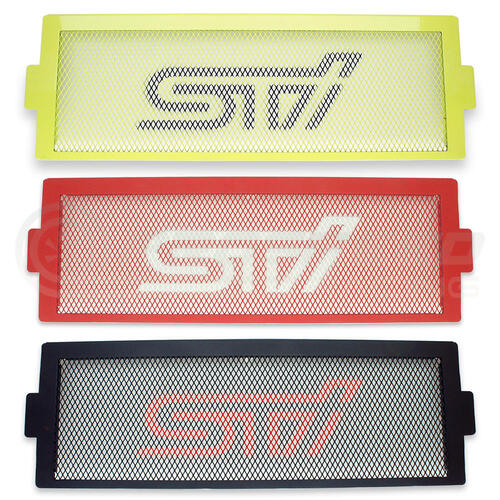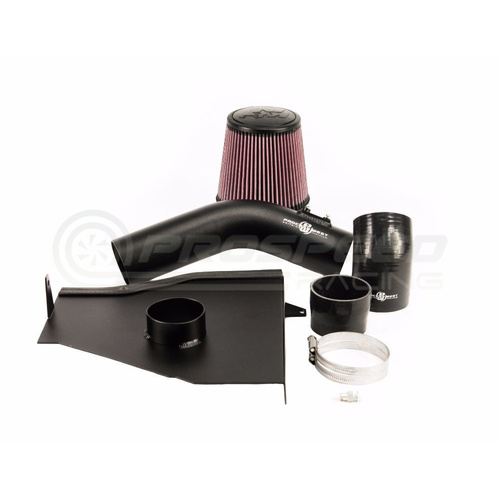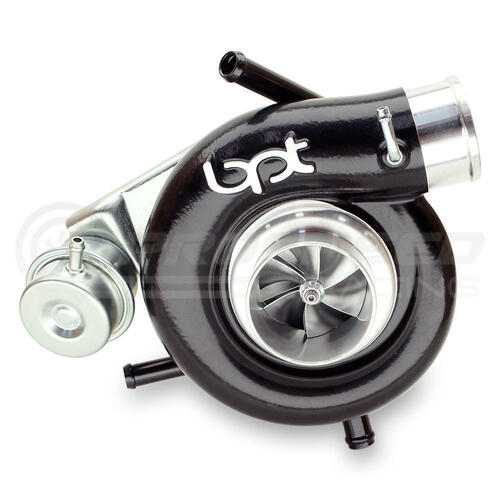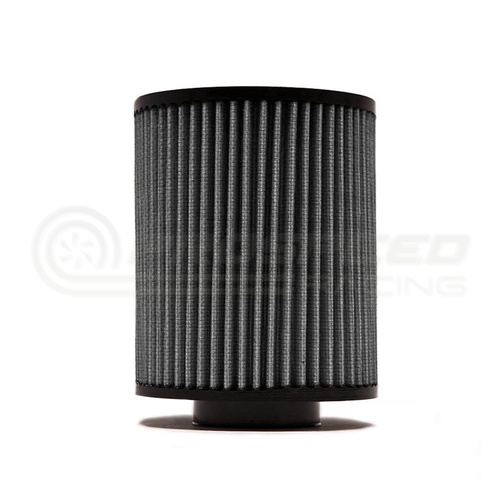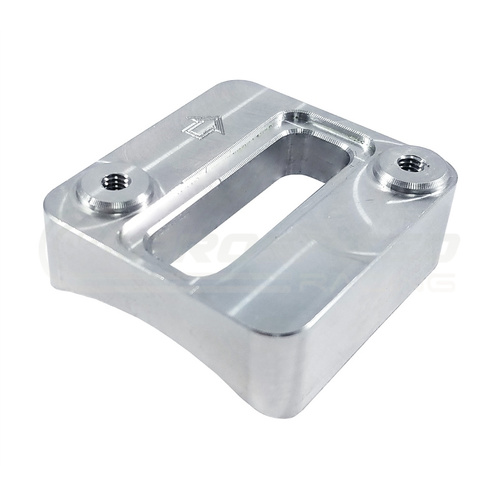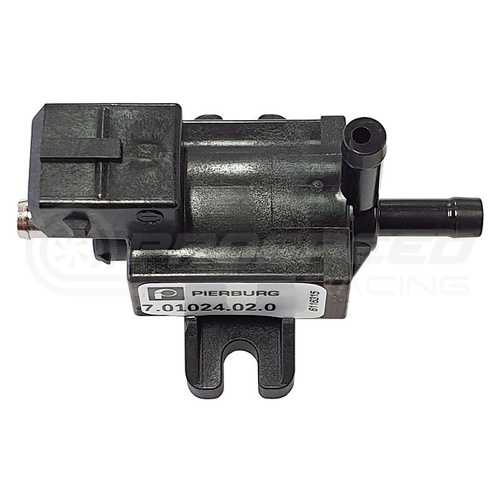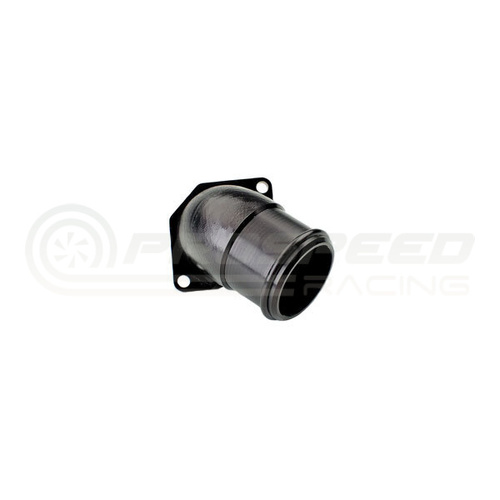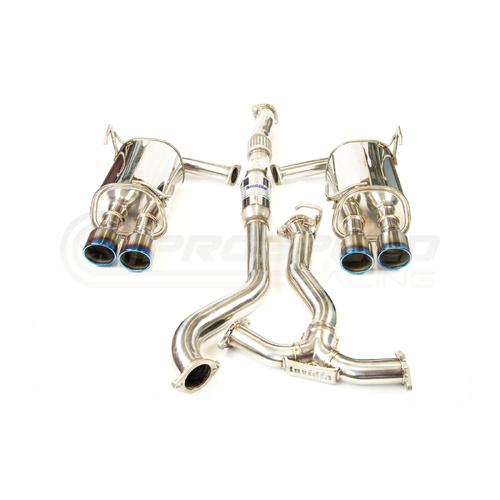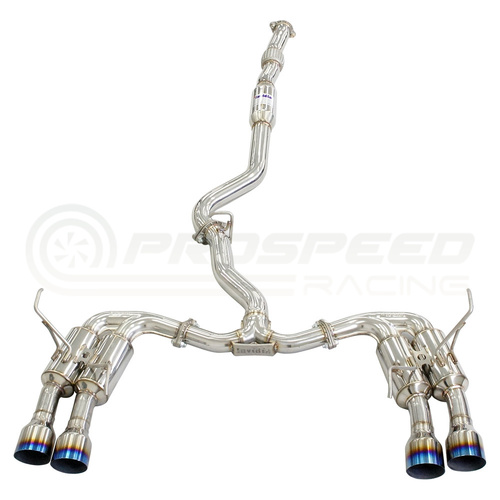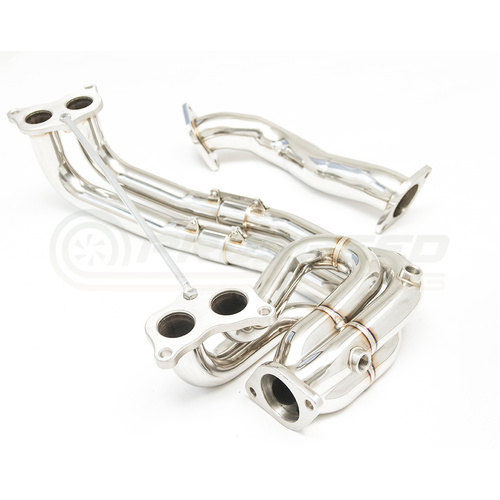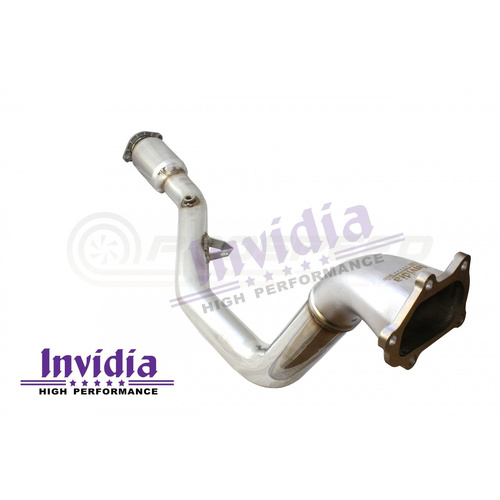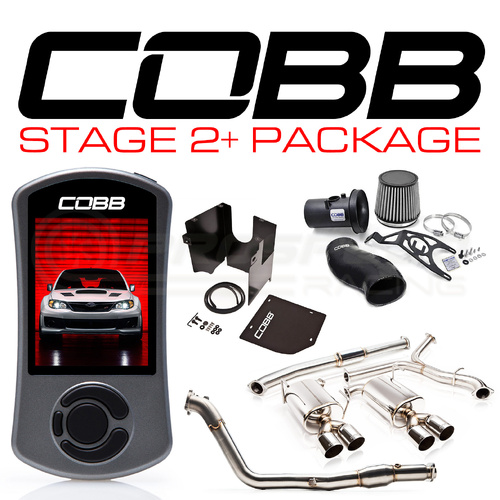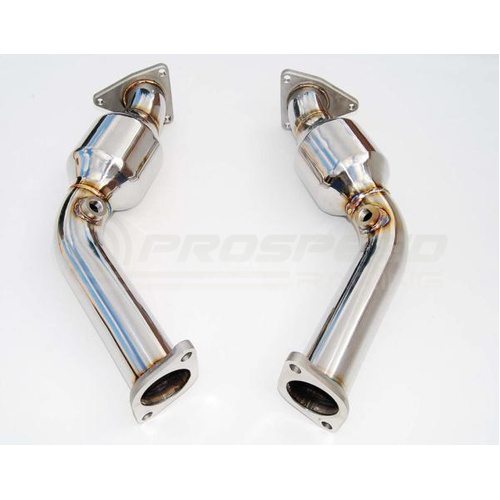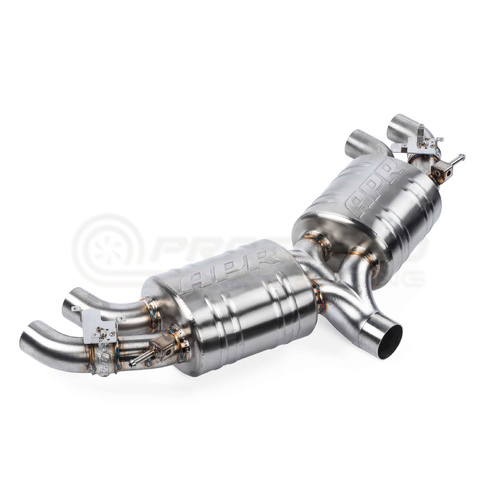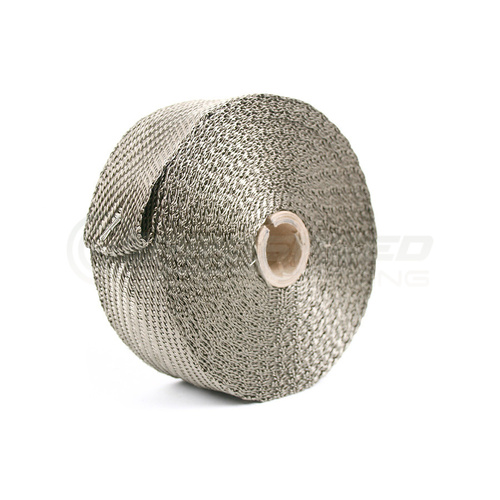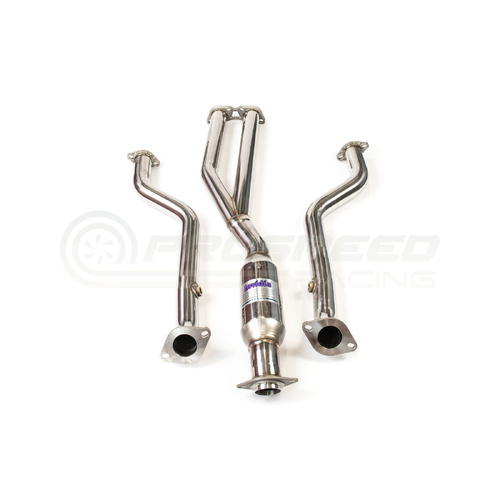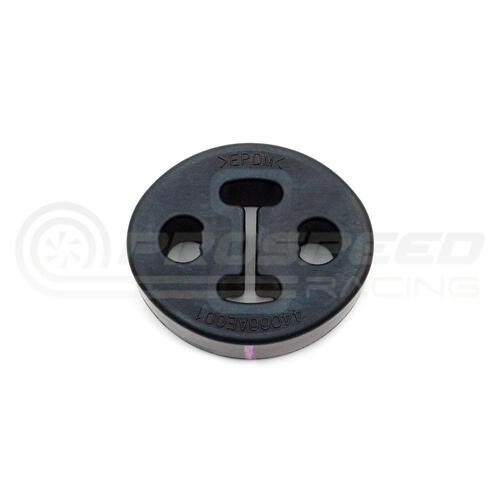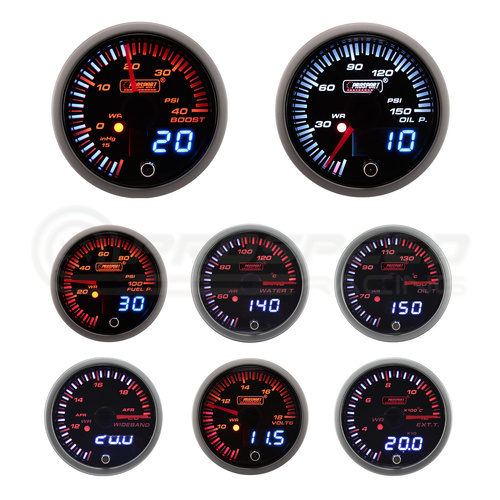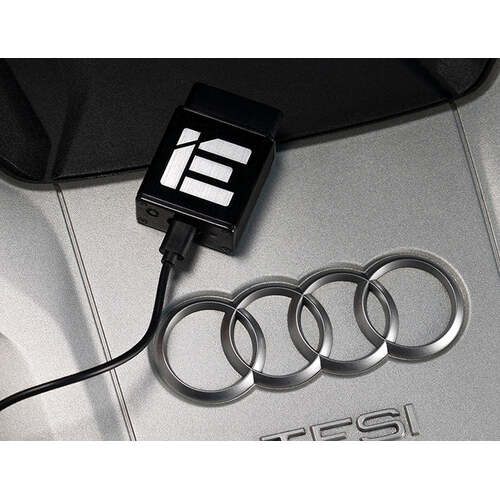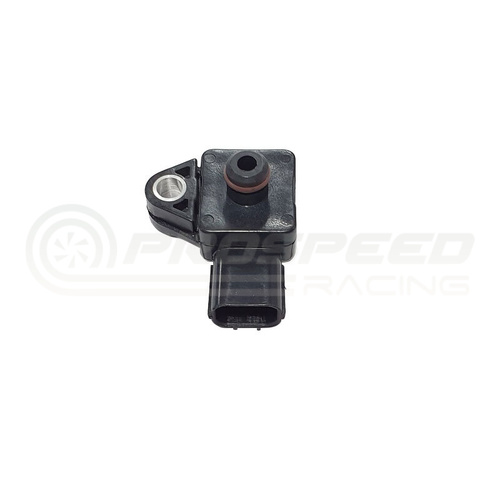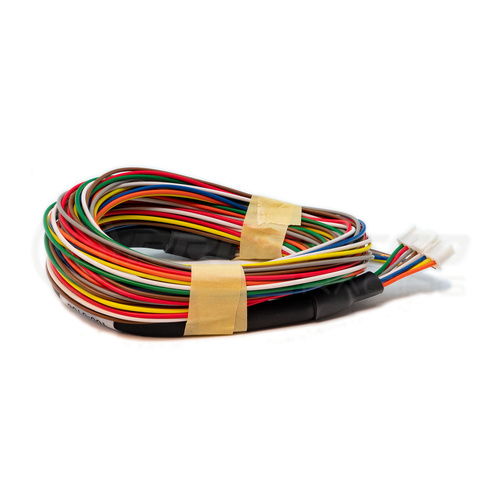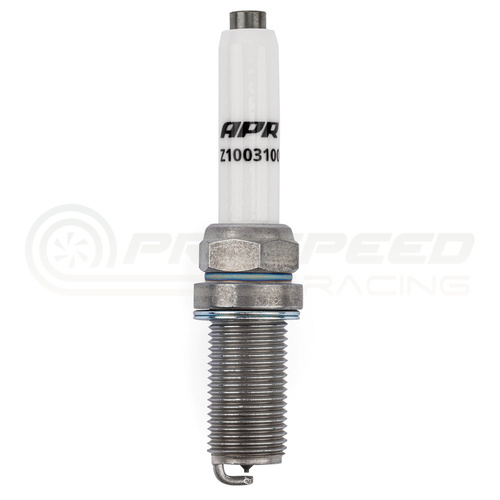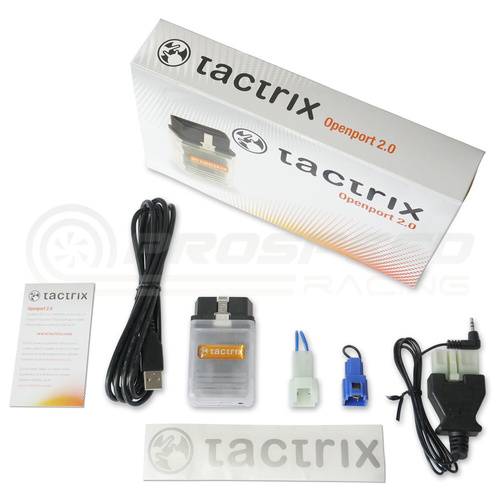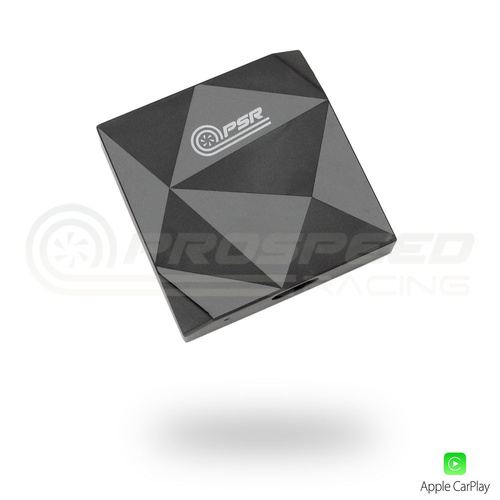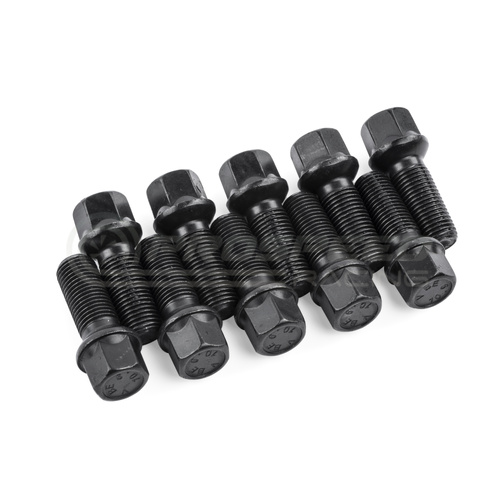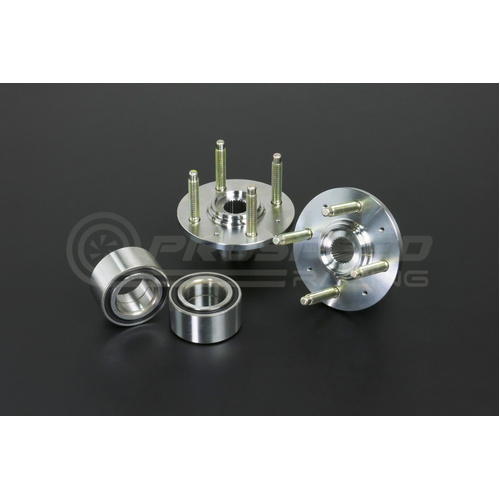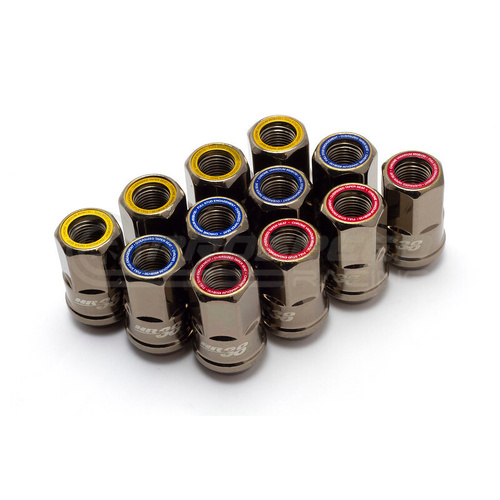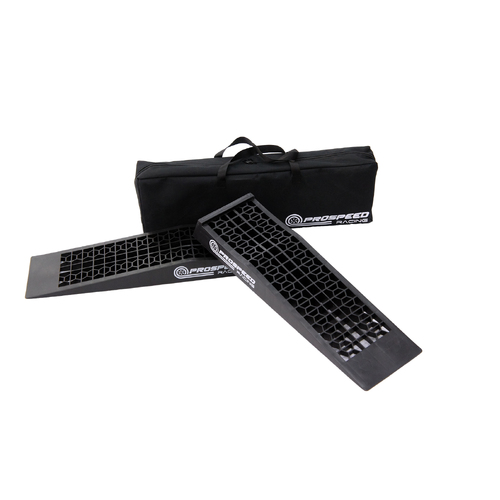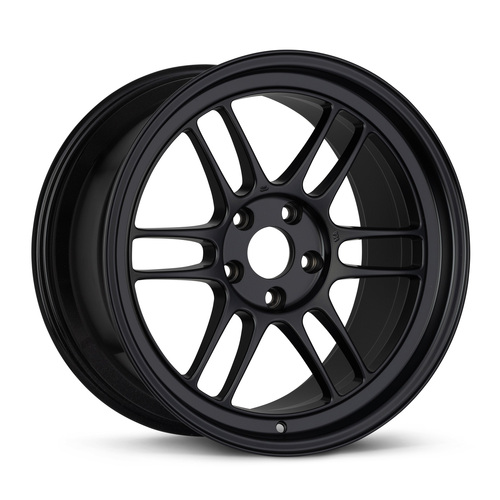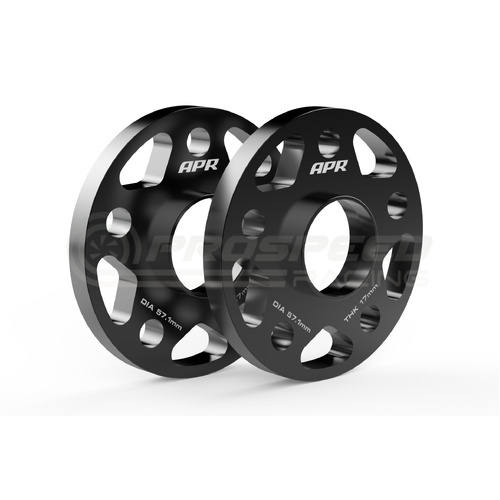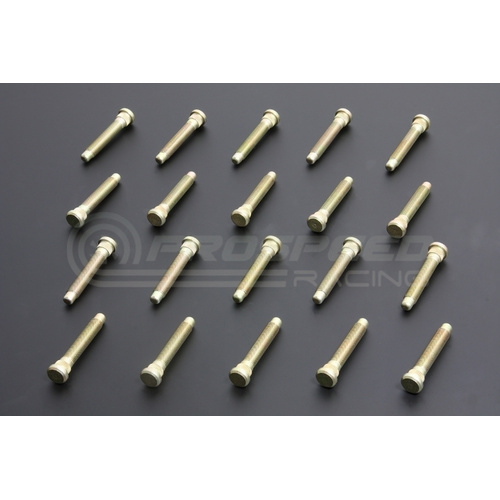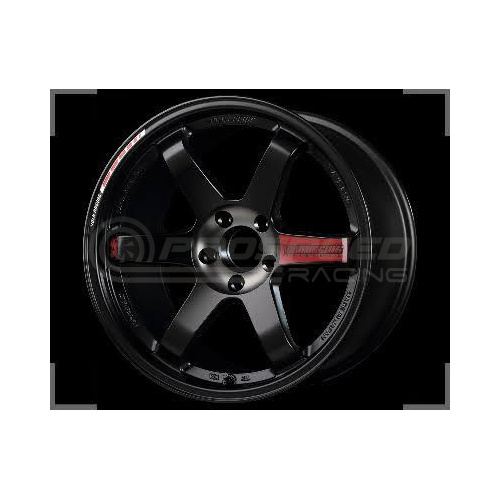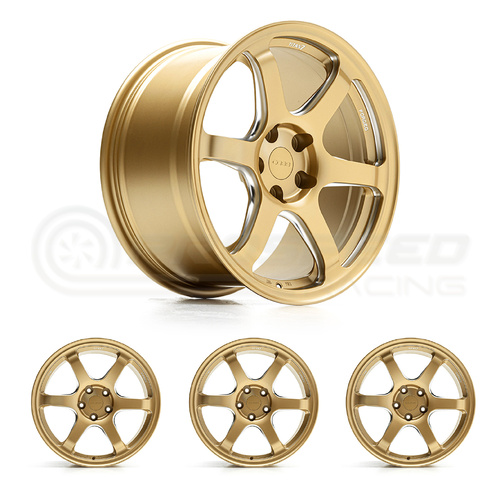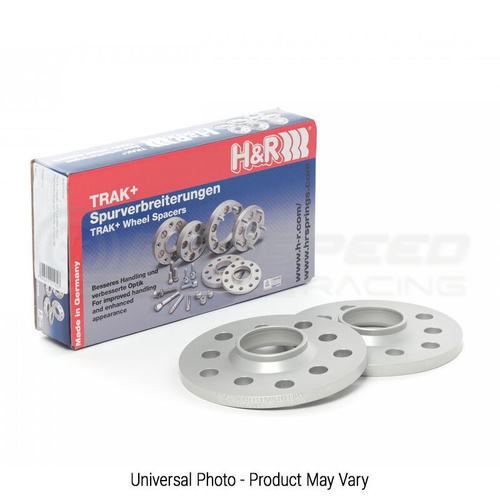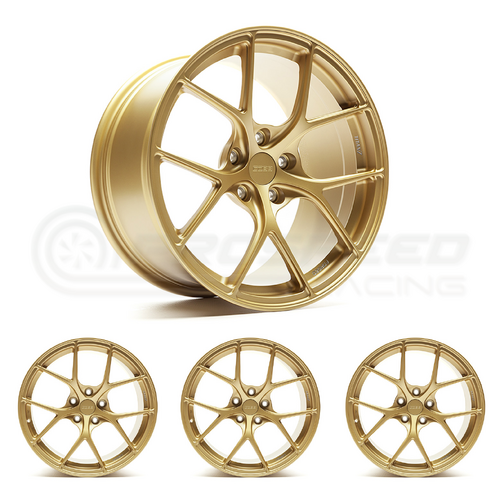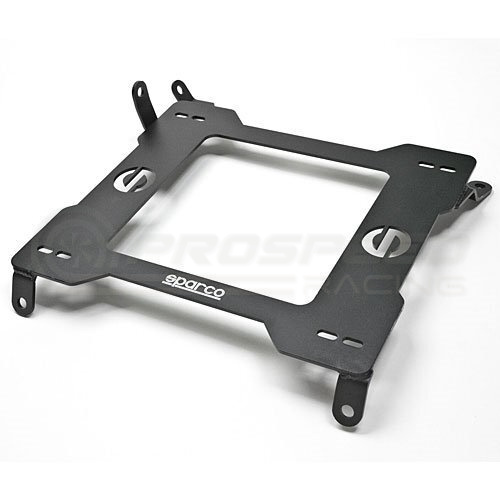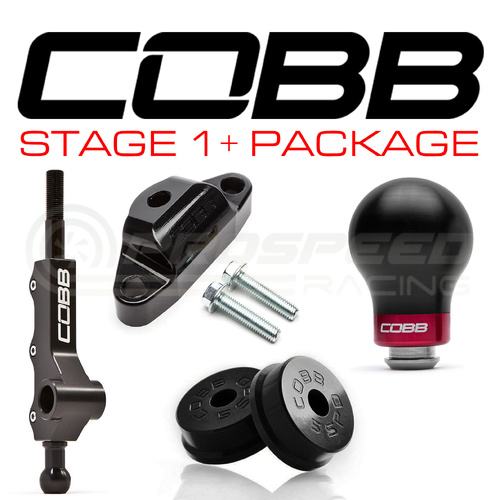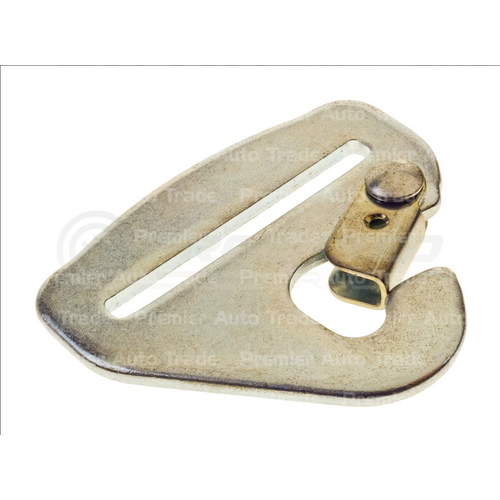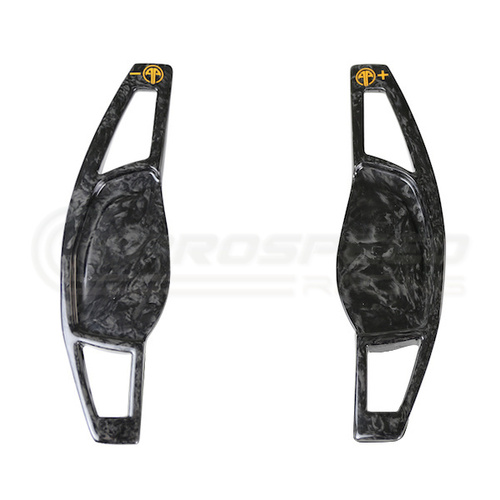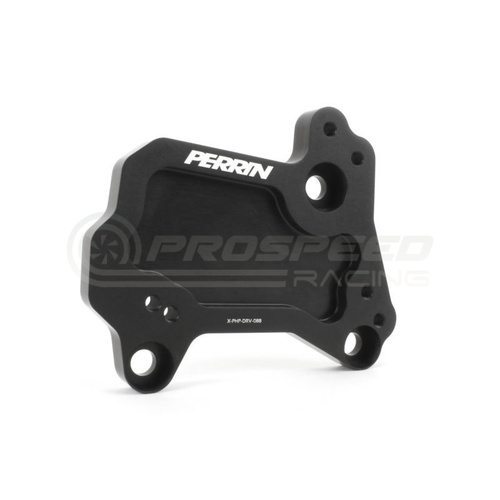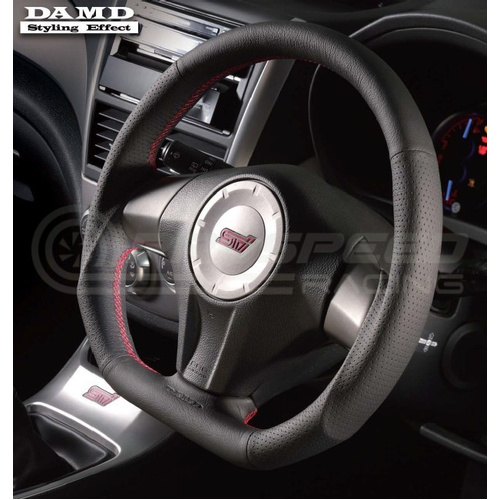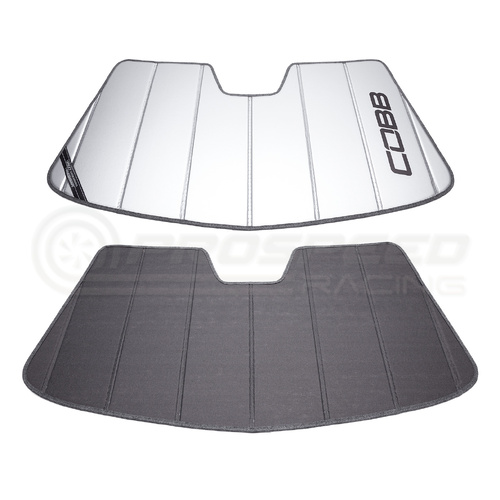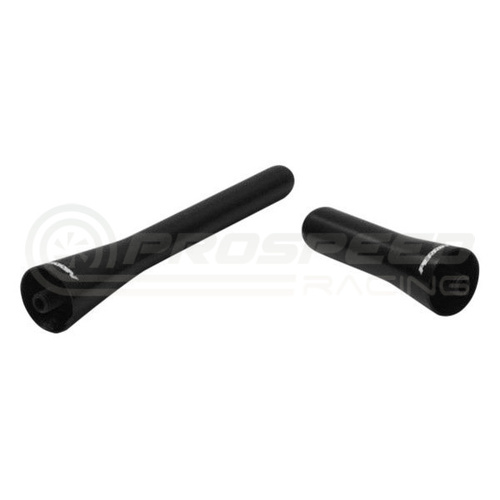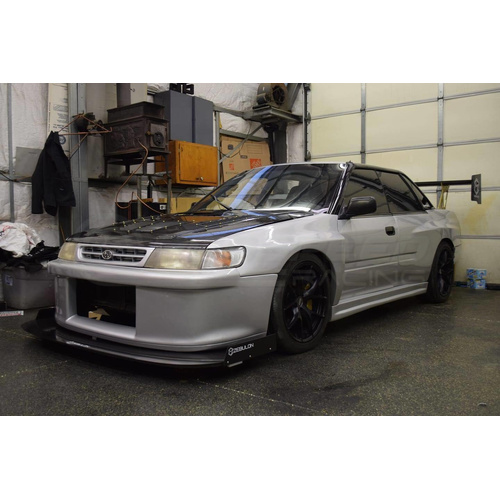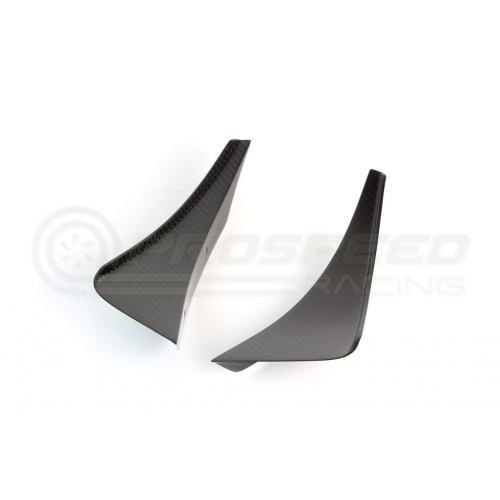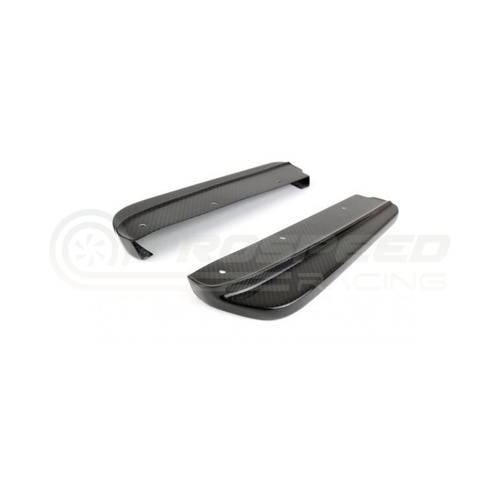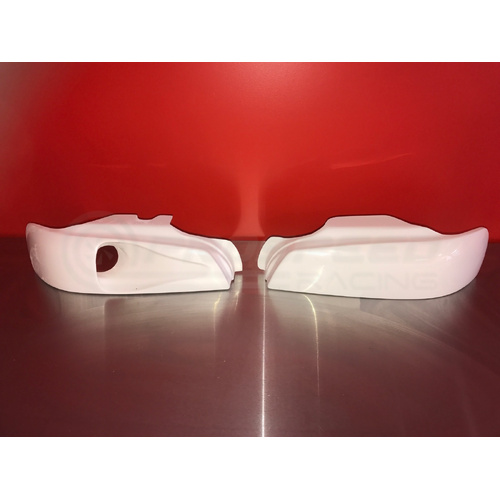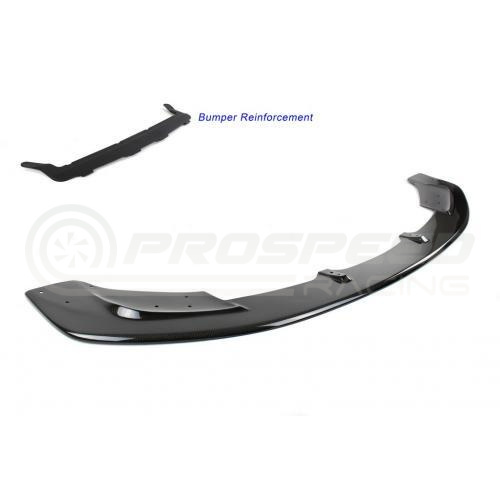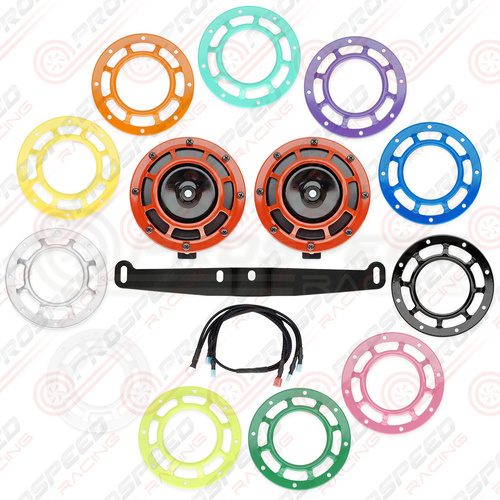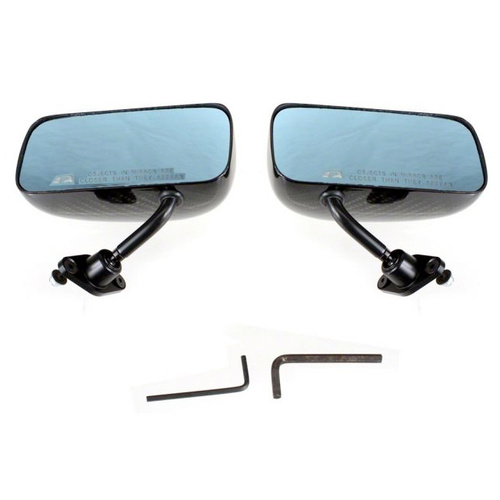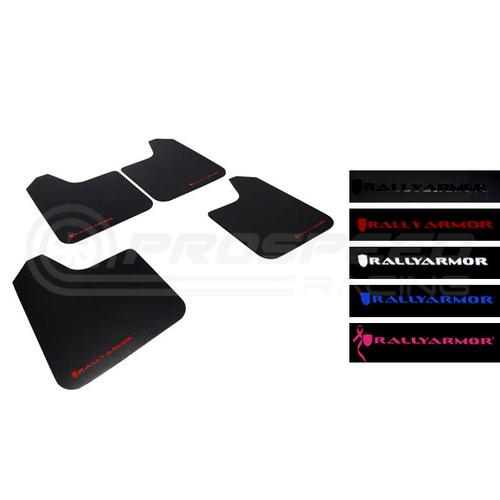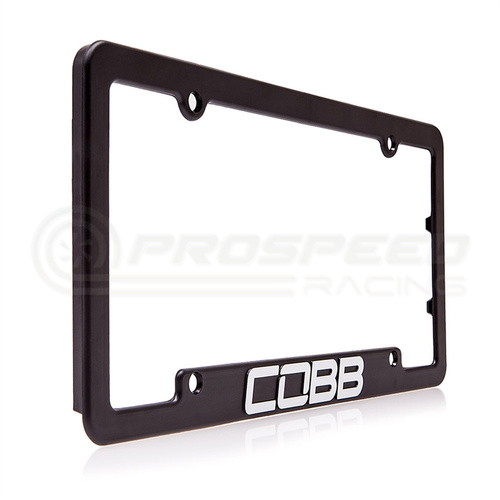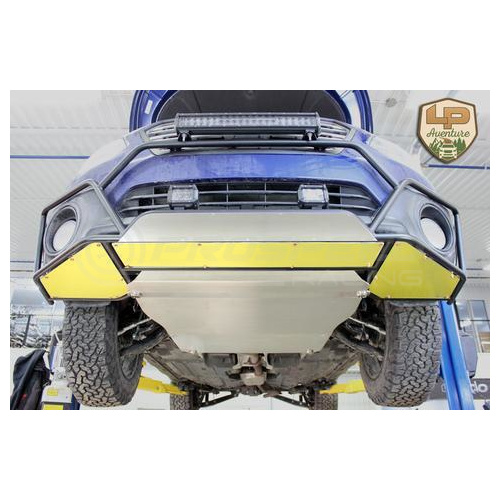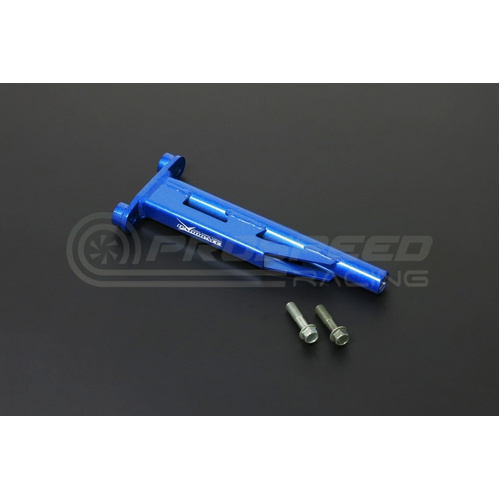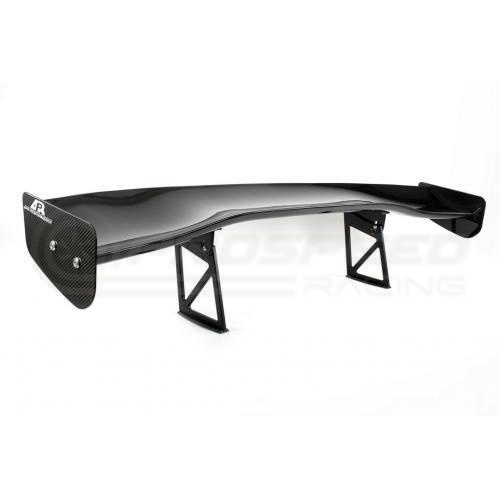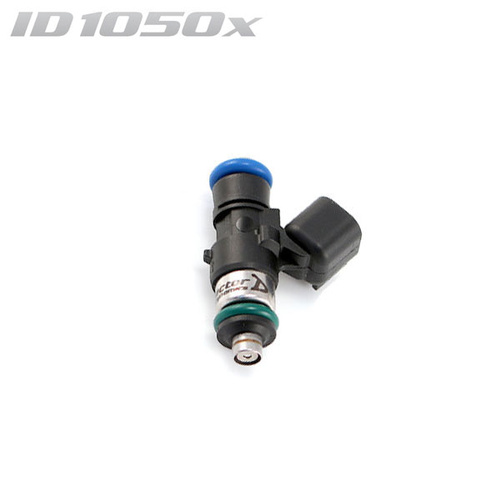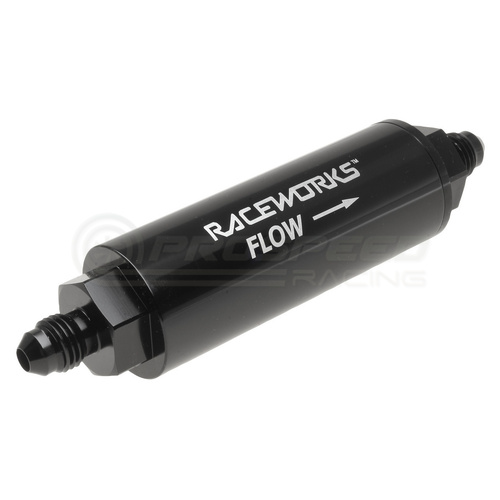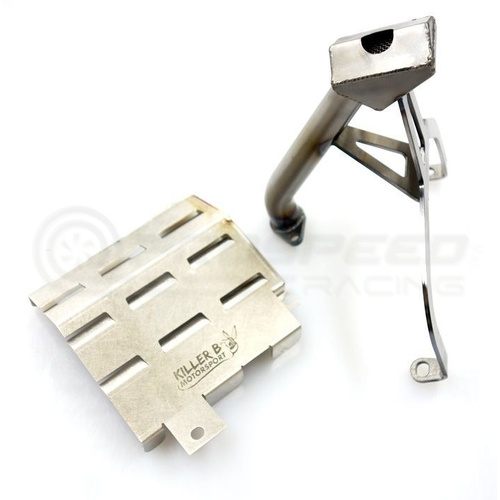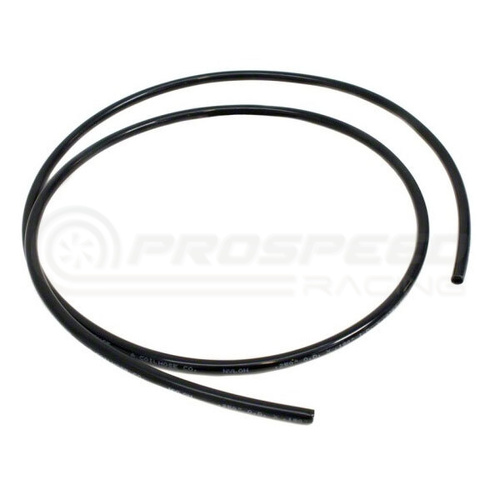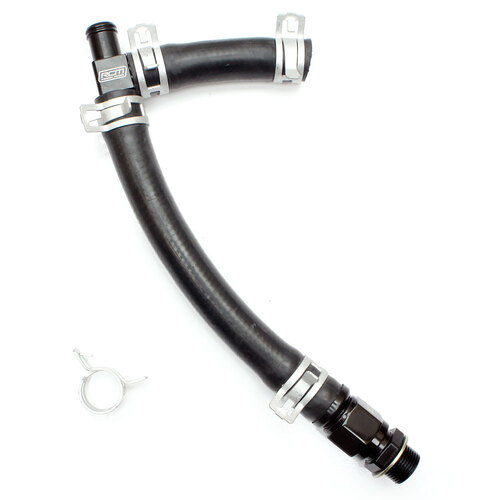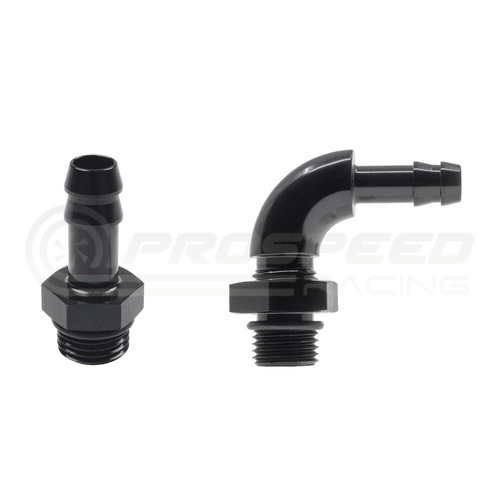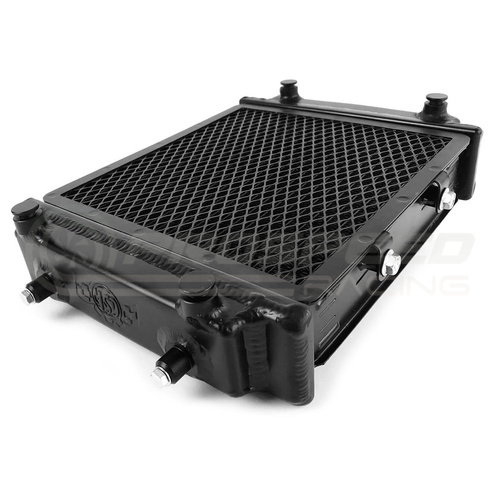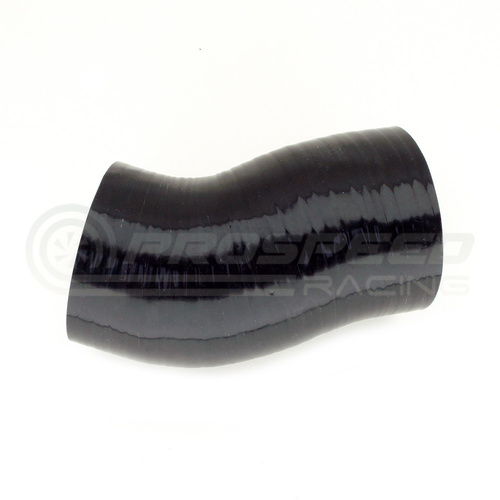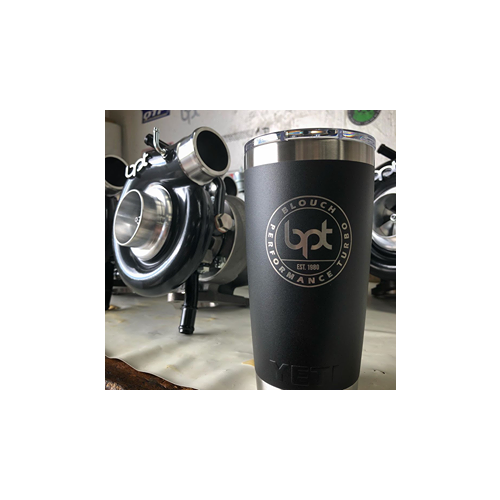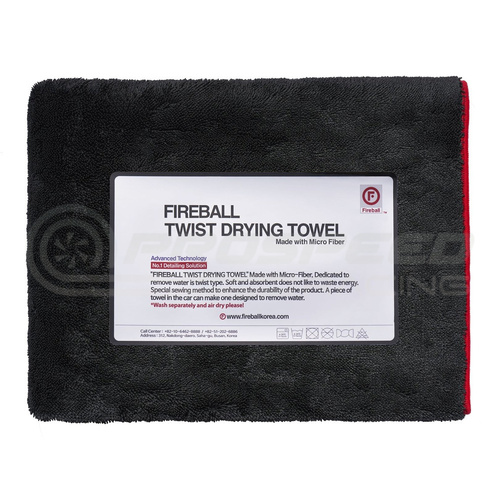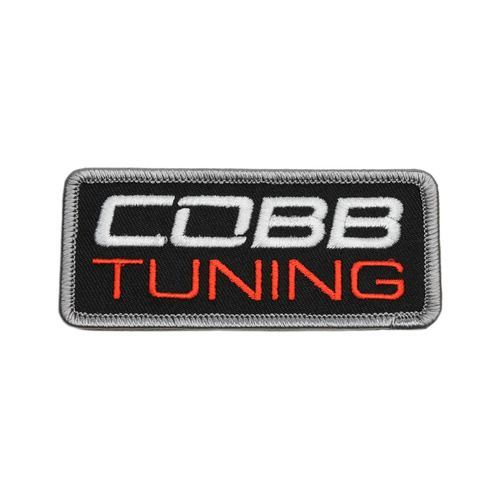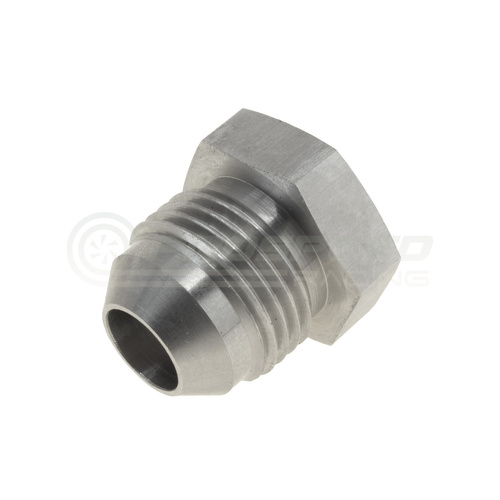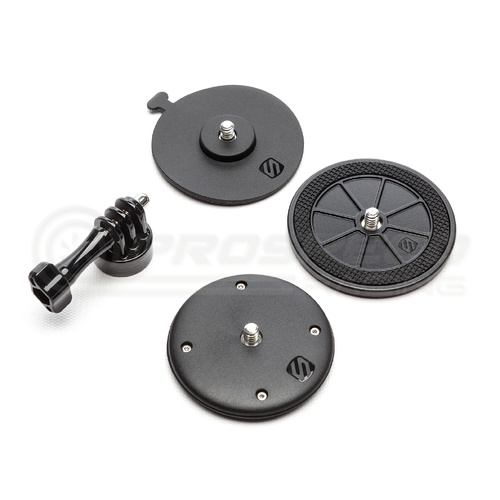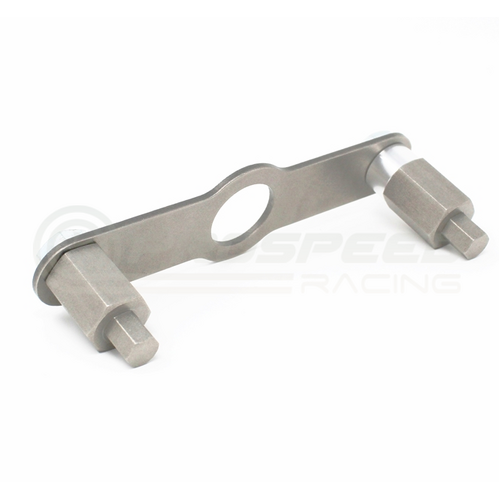Pro Speed Racing can ship internationally but our website is not yet configured to process
international shipping. Please contact us below with your shipping address and a list of the
products you are looking to purchase so we can quote the shipping costs manually for you.
Thank you for visiting us!
Owning a car often comes with a range of maintenance responsibilities, and having a proactive approach to car care helps preserve your vehicle's parts, prolong its useful life, and minimises repair costs. Brake pads are components that are prone to wear, so they take a front seat to many inspection and maintenance plans. Functional brake pads are also essential to passenger safety and maintaining efficient performance and an effective vehicle.

Pro Speed Racing supplies quality parts to drivers across Australia, including a range of brake pads. Our experience with these components enables us to provide some valuable insights into developing a plan for their regular inspection and maintenance. Follow the tips below to ensure your brake pads and braking system are always working effectively and keeping you safe.
When should you inspect your brake pads?
There is no cut and dry schedule for inspecting the condition of your brake pads, as it’s influenced by many factors. Regular inspections of brake pads are critical; we recommend having them inspected every six months and when you have your car serviced, but to determine a more appropriate frequency of checks, you need to consider some additional factors; the conditions you drive in, the make and model of the vehicle, and the style of driving play major parts in brake pad wear.
Vehicles that take many long-distance drives on highways and freeways typically have less brake pad wear per kilometre than cars that mainly drive in urban environments, due to the stop and start requirements of the latter. Additionally, drivers that take slower journeys and prefer to cruise to a stop rather than slow down more abruptly preserve their brake pads more effectively.
Tips for regular brake pad inspections
Analyse the cleanliness of the wheels
It’s normal for dust to accumulate on the wheels of the car, so when this happens noticeably less, it can indicate that the brake pads have worn down. As this occurs over time, you might notice less dust each time you analyse the wheels, but when there's considerably less dust than the previous inspection, your brake pads may nearly be fully worn and you’ll need to replace them.
Check for pedal & steering wheel vibrations
When brake pads wear down, the brakes can lose precision and the brake pedal, as well as the steering wheel, can vibrate when pressure is applied. When you press the brake pedal, feel for any increases in vibration as it can be a significant sign of brake pad wear and signify a need to have them professionally checked.
Listen for brake noise
Loud noises coming from your brakes when they’re applied are a major indicator of brake pad wear. When you hear squealing or a high pitch sound, it typically means your brake pads are nearly worn to completion and should be inspected. The scraping sound comes from the metal beyond the pad contacting the brake rotor’s metal.
Visually inspect the brakes
Our final tip to inspect brake pads is to visually check the pads by looking through the wheel. Once you locate the pad, review its thickness, and if they're less than around 2/3 centimetres thick, it’s time to replace the brake pads with fresh and functional ones.
Review our selection of brake pads available online today, or for more information, please contact our knowledgeable team at Pro Speed Racing today.


